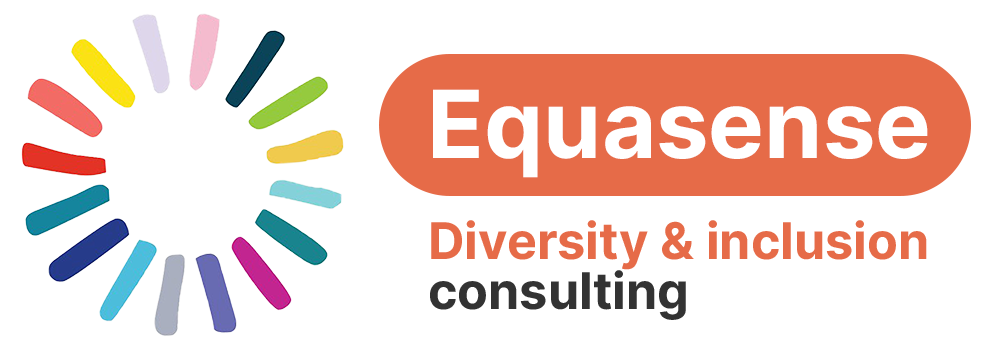As I write, many of us in the UK are gradually seeing the return of face-to-face events. Personally, online events have meant that I can attend many more than I would have been able to attend in person due to the need to fit travel around the rest of my family so I hope that these don’t disappear entirely and at least hybrid versions continue. I recognise my privilege in that I can though choose to attend virtually or in person.
It’s timely to remind ourselves of the basics about running inclusive events, and this brings me to numbers 15 and 16 on my #22WaysToBeConsciouslyInclusiveIn2022
15. Hold some of your events in locations where alcohol is not available (ever). Now – you might think this is targeting the inclusion of particular religious groups for whom alcohol is off-limits, and to a certain extent that’s true. But there are an increasing number of other individuals who are not comfortable around alcohol. It could be because they, or someone close to them, has or had difficulties with alcohol consumption. Or it could be that they dislike the environments where drink affects people’s behaviour. Many universities have introduced alcohol-free social events in welcome week (freshers week for people my age!) and throughout the year, as higher proportions of students of all backgrounds and cultures don’t drink alcohol. What’s key to remember here though is that serving alternatives to alcohol (which is pretty much commonplace) is great but insufficient in some cases, as being anywhere that is associated with alcohol is also off-limits. I’m not saying you need to hold all your events in alcohol-free locations, but perhaps consider whether some of them could be in coffee bars, cinemas, outdoors etc?
16. Being consciously inclusive also means being proactive as well as responsive, and consciously inclusive events are a great place to start. The recent climate conference in Glasgow demonstrated how to get things wrong by failing to recognise that the access from vehicle drop off to the venue was unsuitable for wheelchair users. The venue itself was fine – people just couldn’t get to it. I’ve attended a different meeting where access to the speakers platform was steps only – some of the speakers had been invited specifically to discuss their lived experience of disability. Also check that access to refreshments and toilet facilities work for different groups (how far does someone need to go to find an accessible toilet for example). Beyond visible disability, awareness of some aspects has increased – for example the increased use of captioning (watch out for the dodgy auto ones) or sign language. I’ve also seen an increase in “quiet spaces” suitable for neuro-diverse attendees if needed.
Building a check-list for inclusive events planning could be a great way to support your staff network in raising awareness and understanding .


Recent Comments